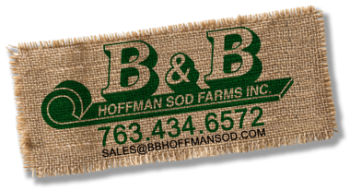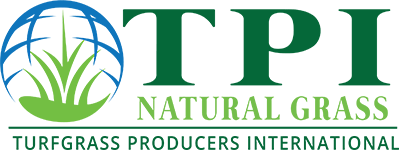Your time outside this summer may have you planning for how you can update your lawn for next year. If your grass is on the list for an upgrade, why not start this fall?! Due to the warm weather, it is often thought that summer is the best time to install sod, but this isn’t true! Sod can be installed at any time throughout the growing season. However, there are a couple of factors to consider when installing sod in the fall.
Cool fall temperatures.
Fall usually brings cooler temperatures and the occasional rainfall. Not only are these cooler temperatures easier on your new grass, but it is also easier on you or the laborer laying the sod. By laying sod in fall weather, you have less risk of your sod overheating. You still have to water your lawn regularly, but you will need less water as it isn’t evaporating as quickly. You can still be successful when laying sod in the summer, however, summertime is usually busier and if you’re planning on going to the cabin every weekend, it is probably best to wait for the fall to lay sod.
When is it too late to Install?
It’s never too late to install sod if we can harvest it in our fields. There are some things to keep in mind when it comes to watering your sod. If you are blowing out your irrigation system, you will still need a water source (think garden hose & sprinklers). If it’s JUST before winter, give it a good soaking and if it freezes it will go dormant and take off in the spring. However, if it warms up again you may need to drag out the hose/sprinklers. This usually occurs in the late October/early November timeframe. We do harvest sod up until the ground is frozen or the snow is too deep, but the rule of thumb is to try and have your project done by end of October as our Minnesota November weather is very unpredictable.
Fall is a great time to lay sod. Follow these steps when installing and caring for your sod in the fall, and don’t forget to fertilize your lawn (mid-October) with a 20-10-10. If you have any questions regarding the installation of sod feel free to contact us at 763-434-8231.

